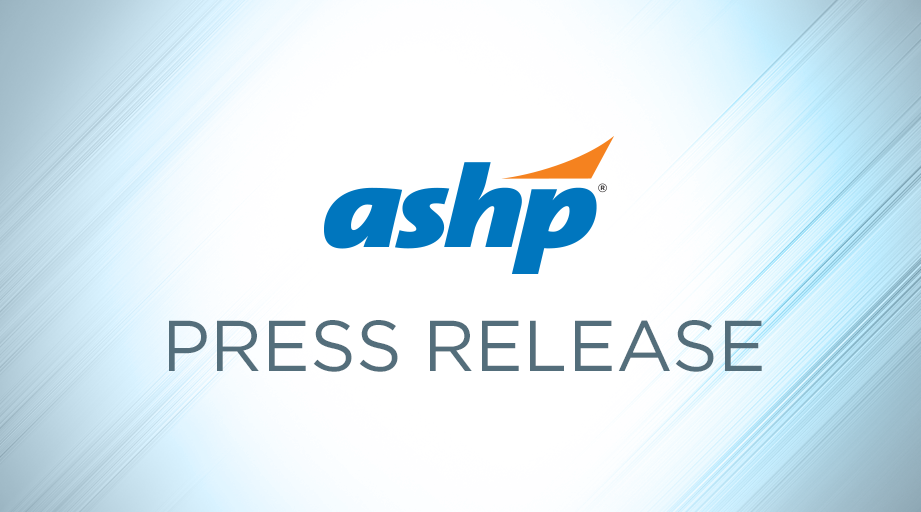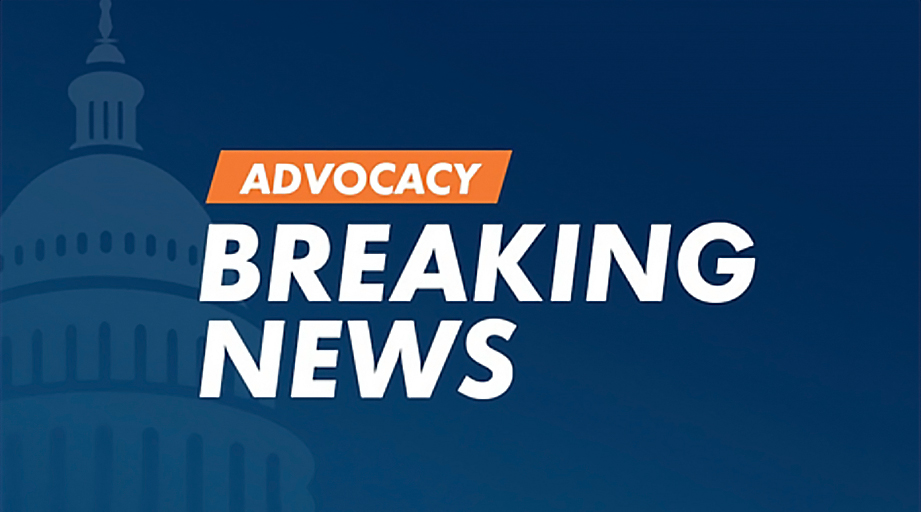
Aftermath of Pandemic, Use of Biologics, Growth of Specialty Medications Projected to Drive Future Expenditures
The COVID-19 pandemic heavily influenced spending on prescription drugs in the U.S. in 2020, according to the ASHP’s (American Society of Health-System Pharmacists) National Trends in Prescription Drug Expenditures and Projections for 2021. Shifts in care related to the pandemic will continue to be a significant driver of drug expenditures in 2021, along with uptake in the use of biosimilars, a large pipeline of new cancer drugs, and increased approvals of specialty medications.
Prescription drug spending in 2020 grew at a moderate rate of 4.9% to $535.3 billion. Increased utilization drove the growth, which accounted for 2.9% of the total increase. Spending on new drugs accounted for 1.8% of the increase, and price changes accounted for 0.3%.
"Reflecting the overarching impact of COVID-19 on healthcare, ASHP’s drug expenditures report illustrates the factors that can impact hospital and health-system budgets," said Daniel J. Cobaugh, Pharm.D., FAACT, DABAT, vice president of publishing at ASHP and editor-in-chief of AJHP. "We provide this annual report to help hospital and health-system leaders, policy makers, and others understand drug expenditure patterns to anticipate future growth and spending."
Drug expenditures in nonfederal hospitals declined 4.6%, while drug spending in home care settings increased 13%. Drug expenditures in nonfederal hospitals spiked in the three weeks immediately following the March 8, 2020, lockdown. Spending then dropped precipitously, remaining low for 19 weeks before rebounding. When those volatile early weeks of the pandemic are removed from the data, drug spending in hospitals showed modest growth compared to 2019.
Top drugs by overall spending were the immunosuppressive adalimumab for immune disorders such as arthritis and Crohn's disease; apixaban, a treatment to prevent blood clotting in patients with atrial fibrillation; and insulin glargine.
Many effects of the pandemic are likely to persist in 2021 and could have a dramatic impact on drug expenditures into 2022, said the report's lead author, Eric Tichy, Pharm.D., M.B.A., division chair , supply chain management at Mayo Clinic, Rochester, Minnesota. "Hospital and health-system pharmacy leaders should expect to continue suffering from drug expenditure whiplash in 2021 and beyond as they manage the implications from COVID-19, including the commercial availability of new high-cost drug therapies and shifts in site of care throughout the evolution of the pandemic."
As drugs approved under emergency use authorizations transition to full Food and Drug Administration (FDA) approval, expenditures for agents like remdesivir and monoclonal antibody cocktails will move from the federal government to the sectors where care is delivered. Remdesivir exceeded expenditures for all drugs in nonfederal hospitals, despite it only being commercially available for the final three months of 2020. In addition, approvals for several new drugs for the management of COVID-19 will affect spending in coming years.
Hospitals and health systems are also likely to see a rebound of prescription drug expenditures resulting from higher utilization of acute care services due to patients' reluctance to get preventative care during the pandemic.
The report also predicts the expanded use of biosimilars over innovator products will serve as a powerful deflationary force on drug expenditures for the foreseeable future. Expected approvals of new biosimilars for adalimumab, ranibizumab, and pegfilgrastim in 2021 and 2022, will increase competition and may cause further reductions in expenditures.
Other factors expected to influence prescription drug spending in 2021 include a large pipeline of new cancer drugs, the development of treatments for rare diseases, and expected FDA approval for several specialty drugs. The growth in spending on specialty drugs continues to outpace the rest of the market and could exceed 50% of overall drug expenditures in 2021. Efforts by payers to implement site-of-care restrictions will push more use of high-cost specialty drugs out of hospitals and into lower-cost sites, including ambulatory infusion centers and homecare.
The report is published online ahead of print and will appear in print in the July 15 edition of AJHP.
About ASHP
ASHP represents the collective voice of pharmacists who serve as patient care providers in hospitals, health systems, ambulatory clinics, and other healthcare settings spanning the full spectrum of medication use. The organization’s nearly 58,000 members include pharmacists, student pharmacists, and pharmacy technicians. For 79 years, ASHP has been at the forefront of efforts to improve medication use and enhance patient safety. For more information about the wide array of ASHP activities and the many ways in which pharmacists advance healthcare, visit ASHP’s website, ashp.org, or its consumer website, SafeMedication.com





